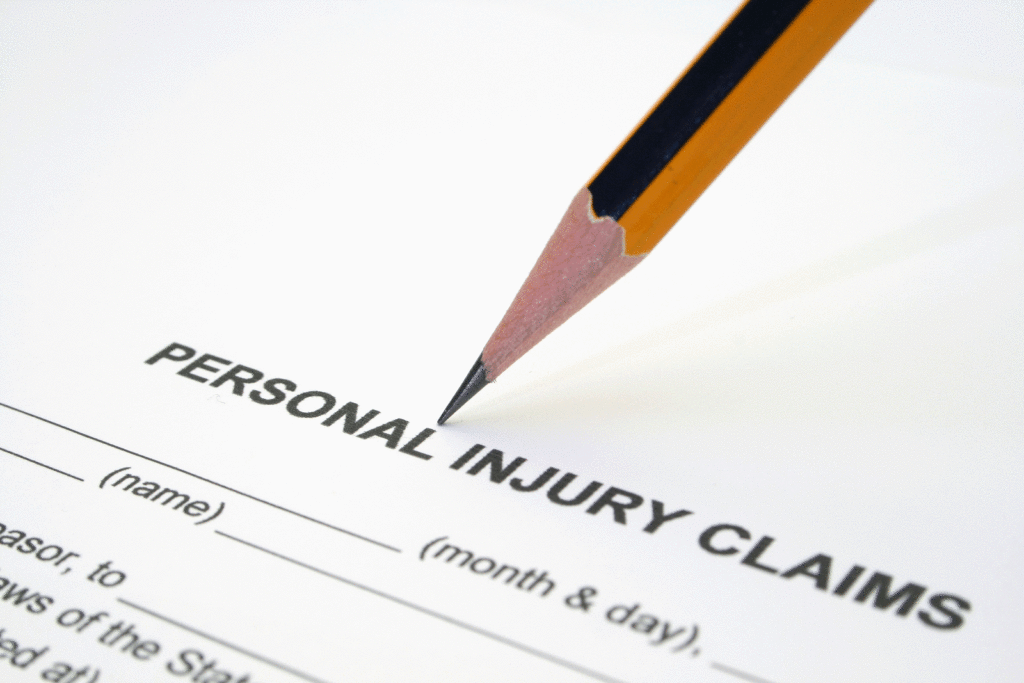Now Reading: Can You Sue for PTSD Compensation in a Non-High-Risk Job?
-
01
Can You Sue for PTSD Compensation in a Non-High-Risk Job?

Can You Sue for PTSD Compensation in a Non-High-Risk Job?
Post-traumatic Stress Disorder (PTSD) is far more common than the media often reports. Approximately 70% of adults experience at least one traumatic event in their lifetime, and 20% of those who do will go on to develop PTSD. The disorder can affect any age group, though the disorder is far more prevalent in women. PTSD is particularly prevalent among those in high-risk jobs such as the military. For instance, a study undertaken by researchers at King’s College London showed that among veterans deployed in a combat role to war-torn zones like Afghanistan, around 17% show signs of probable PTSD. This was compared to only 6% of those deployed as doctors and those working in general crew positions. What is the case for workers in so-called low-risk jobs such as offices? What chance do they have to successfully make a worker’s compensation claim for PTSD?
Obtaining a PTSD Diagnosis
In order to make a claim for occupational PTSD, you first need to show that you meet the criteria for PTSD. These include exposure to a traumatic event, re-experiencing the trauma, actively avoiding things related to the trauma, having personality changes or emotional responses, and recurrent feelings of arousal. The latter can include a lack of impulse control, having problems focusing, developing paranoid or obsessive-compulsive tendencies, and more.
What are Common Causes of Work-Related PTSD?
Some professions are particularly well-known for having high PTSD rates. First responders, for instance, regularly deal with traumatic situations, some of which are large-scale, sustained, and overbearing. However, any employee can experience PTSD if they are subjected to long-term pressure, disrespect, humiliation from superiors, segregation, bullying, and discrimination. Some employees discover they are battling PTSD after many years of quietly putting up with unacceptable behavior.
The Onus of Proof
A person making a claim for PTSD will need to show that their mental condition was primarily caused by events or behaviors at their workplace, and they will need to have a PTSD diagnosis from a mental health professional. The first requirement is not too difficult to prove if the plaintiff has witnesses, emails, social media posts, and other clear proof of being subjected to trauma. To claim damages, they will also have to show that they are unable to return to their job because of their condition, and that the company was negligent in mitigating the risks and impacts of PTSD.
How Can Companies Help Prevent Work-Related PTSD?
Preventing PTSD in the workplace involves a multi-faceted approach. Workers should be offered flexibility, they should not be micromanaged, and their right to have a good work-life balance should be respected. Companies can go the extra mile by providing stress-relief activities for workers (such as outdoor yoga or fitness sessions) and by creating green spaces indoors and outdoors. Finally, active protocols should be in place that workers can utilize if needed. These include employing a person to deal with mental health and wellbeing and instructing employees of the steps to be taken and the correct persons to contact. A zero-tolerance for bullying should be established. Leaders should also aim to build a diverse, tolerant team that celebrates differences and cultural enrichment.
A large percentage of people experience PTSD at work annually. Workers who feel they are unable to continue because of this phenomenon should seek the help of a seasoned legal professional and an experienced mental health professional. Doing so will enable them to see whether they can receive due compensation for the trauma they have been subjected to.










